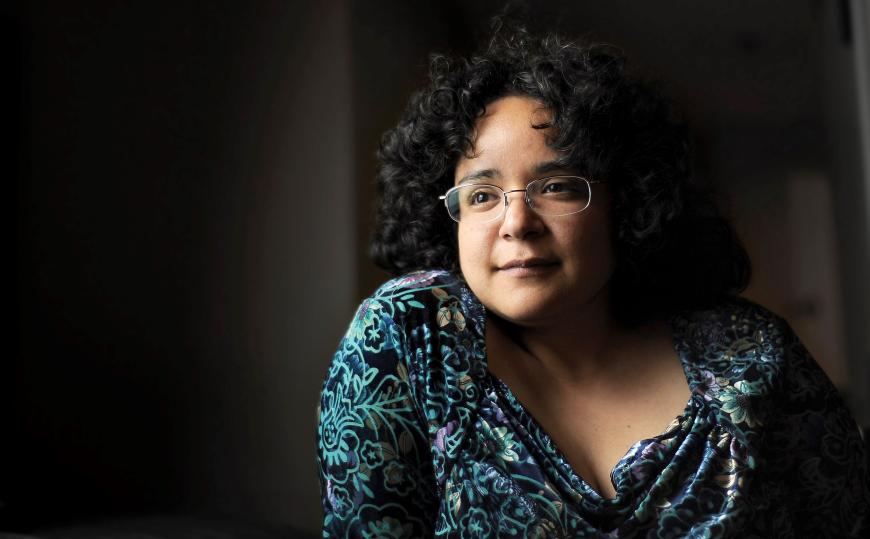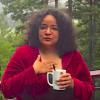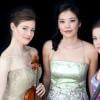
At first glance, songs by Gabriela Lena Frank and Dmitri Shostakovich may seem like an odd coupling. But scratch the surface of the new album El Rebelde (The rebel) and you discover, in Frank’s music, masterfully executed Spanish-language songs that meld what might loosely be described as familiar “classical music idioms” with melodies and sounds that are distinctly Nicaraguan and Andean. The lyrics for Shostakovich’s Spanish Songs, in turn, may be in Russian, but his music sounds like Mother Russia melting into the heart of Spain.
Frank’s ever-fascinating, fantastical, and rhythmically intense songs comprise the bulk of the program. Baritone Andrew Garland, who premiered two movements in the composer’s Cantos de Cifar y el Mar Dulce (Songs of Cifar and the Sweet Sea), joins pianist Jeremy Reger to perform these eight songs. Settings of poetry by Nicaragua’s Pablo Antonio Cuadra, they describe the journey of a harp-playing mariner who navigates Lake Nicaragua. Although you may not initially understand what it’s all about, words and music exert an extremely powerful spell.

Garland sounds totally alive and filled with spirit. The special beauty of his handsome voice extends from the bottom of his range through the upper midrange. Highs, too, sound alive and beautiful, save when he attempts to imbue them with more heft than his essentially lyric instrument can comfortably produce.
Frank’s songs include several extended phrases that require recitation. When Garland speaks melodically, he sounds either hilarious (as in a song that requires him to imitate the voices of mother and daughter) or bizarrely over the top. I’m not sure that’s what either Cuadra or Frank intended, but it’s certainly compelling.
Next comes Las Cinco Lunas de Lorca (The Five moons of Lorca), an atmospheric and thoroughly modern 10-minute duet with tenor Javier Abreu to text by Nilo Cruz. Words and music describe Lorca’s death. Reger’s one-minute piano introduction is especially eloquent.
Frank’s contributions to the album conclude with her early Cuatro Canciones Andinas (Four Andean songs), sung by Garland to traditional poetry of the Quechua people. “Yo crío una mosca” (I am nursing a fly), which calls for whispered phrases, insect sounds, and multiple voices, is a characterful song about a captive flea. “Carnaval de Tambobamba,” in contrast, is tinged with death and blood. Nor do matters lighten up in the final song.
Shostakovich’s musical language, uncharacteristically amiable and tame by comparison, melds Russian soul with Spanish folk melodies in an irresistible manner. The fifth song here, “Chernookaya” (The dark-eyed girl), serves as an ideal showcase for Garland’s vocal beauty. The melodies have a lighter, more wistful feel than the heavy melancholy and longing often encountered in the 19th- and 20th-century Russian fare of Tchaikovsky, Rachmaninoff, and others. Never once will you feel the need either to take a hit of vodka or to wipe your tears from the floor as you listen.
Recorded by Kevin Allan Harbison in the University of Colorado Boulder’s Grusin Recital Hall, El Rebelde retains the full volume and impact of a Steinway grand at full stick and captures the natural tension between voice and instrument. Alas, streaming and download versions of the high-resolution masters seem to be limited to CD quality. (Bandcamp’s assertion that any format other than mp3 is, ahem, for “audiophiles and nerds” is as ignorant as it is insulting.) In addition, the liner notes produced by Art Song Colorado are inadequate and less than typo free. Although the notes include essential translations, they lack the important background information found online in the press release. Those technical reservations aside, enthusiastically recommended.



